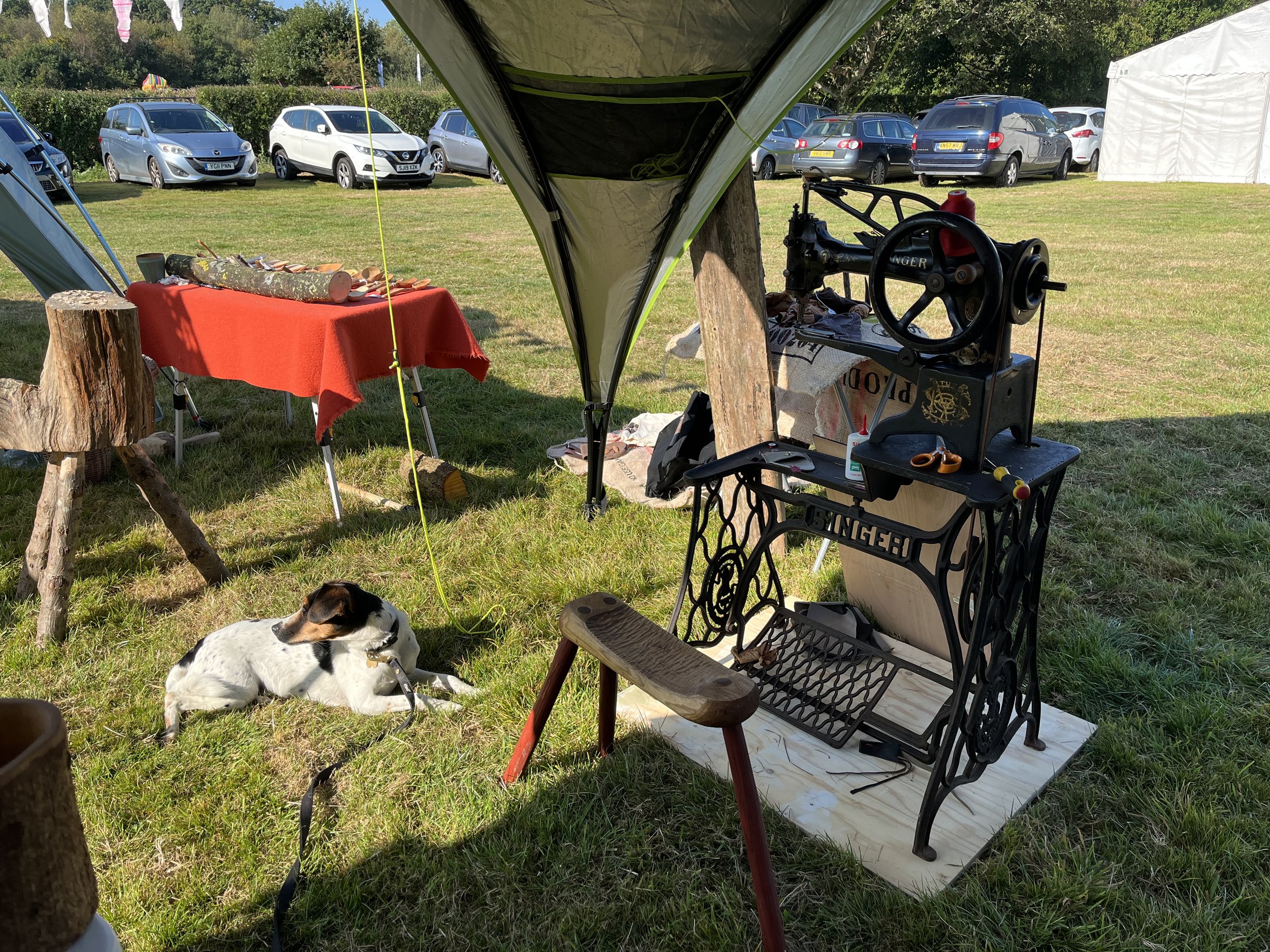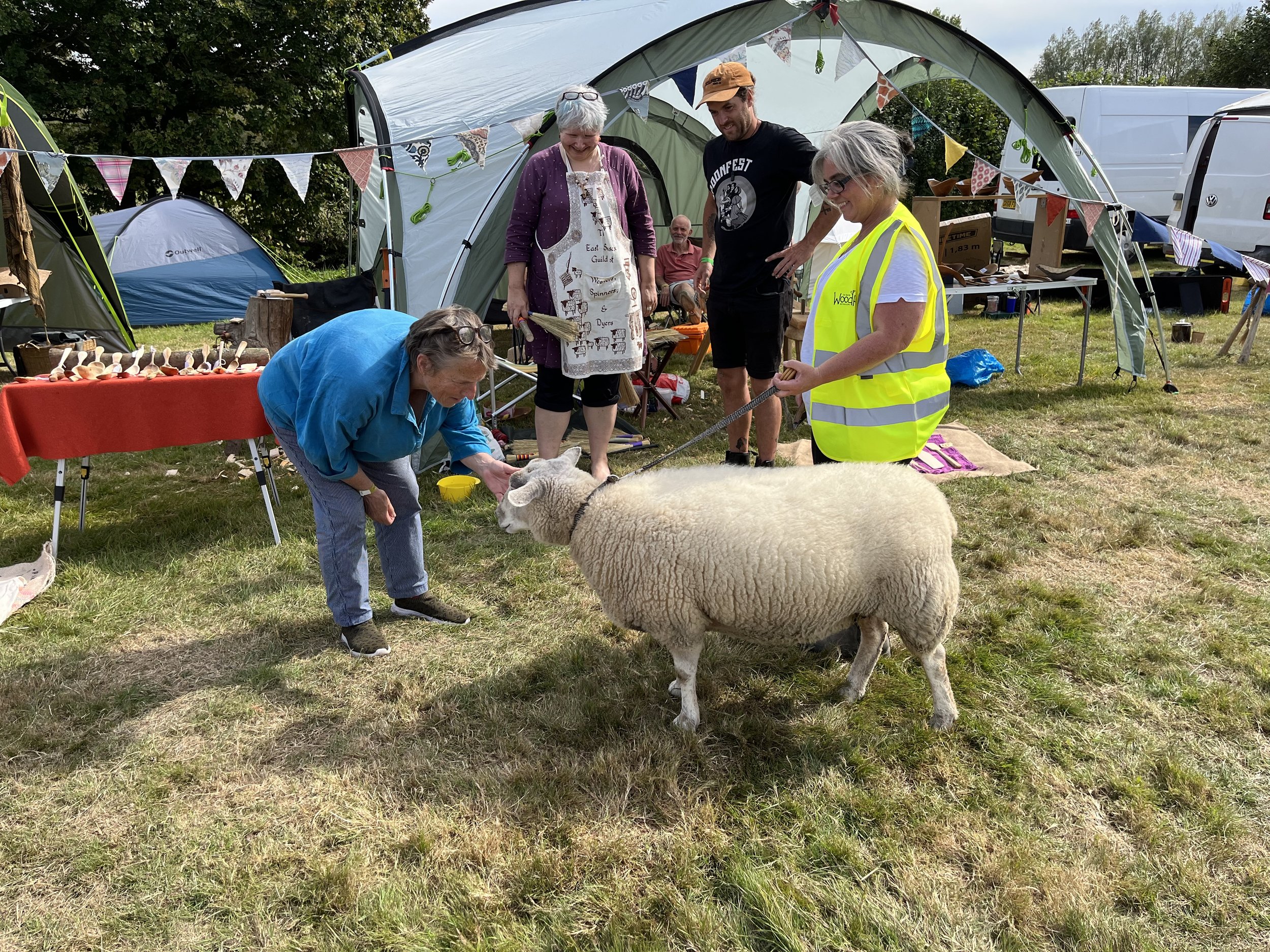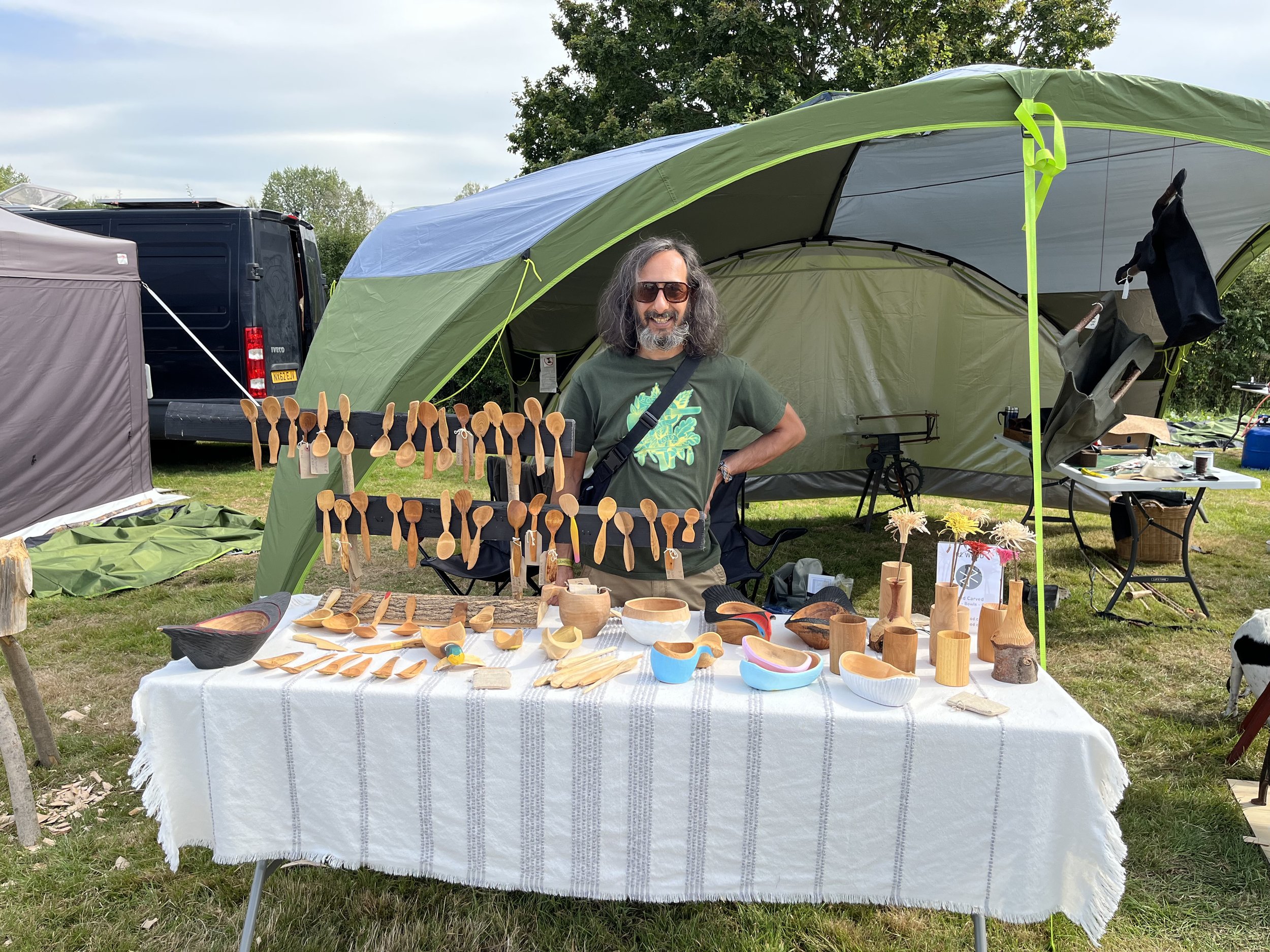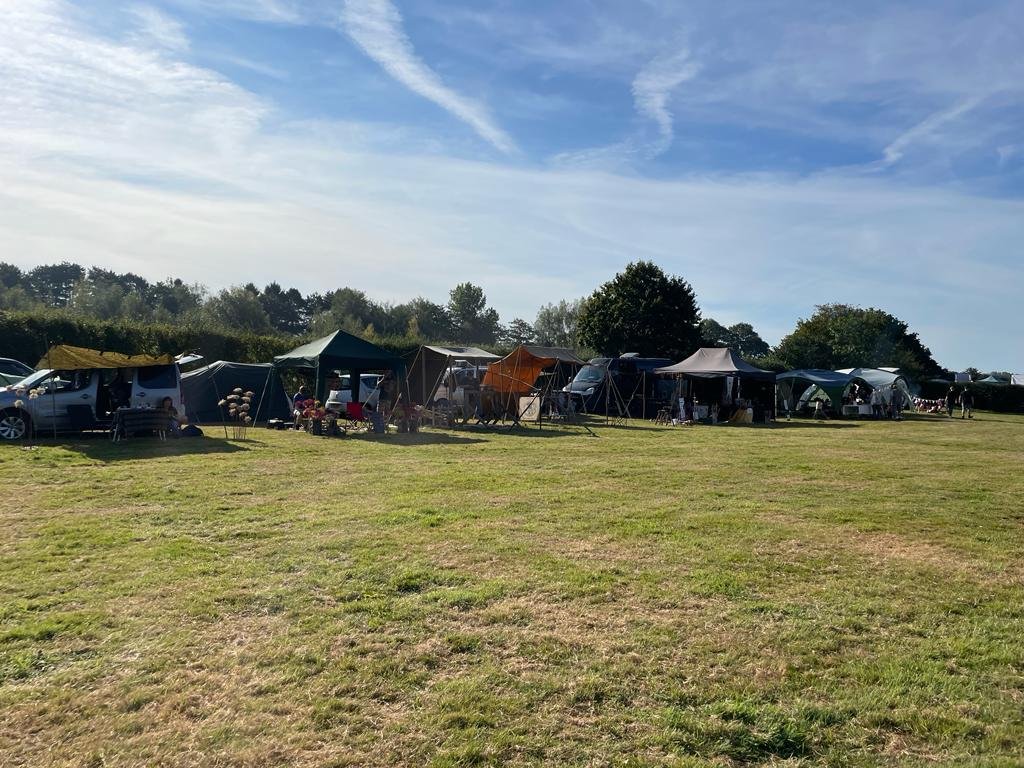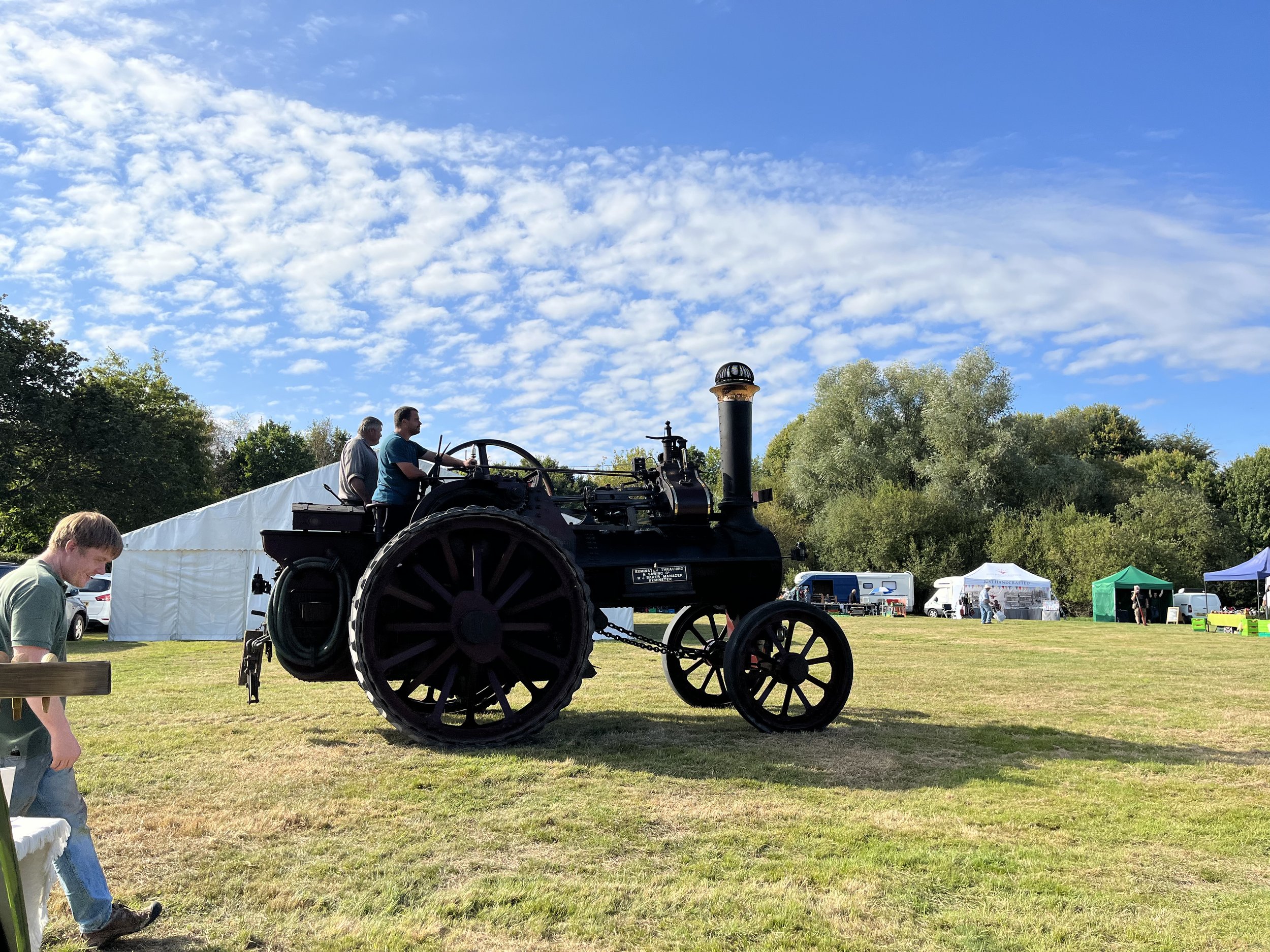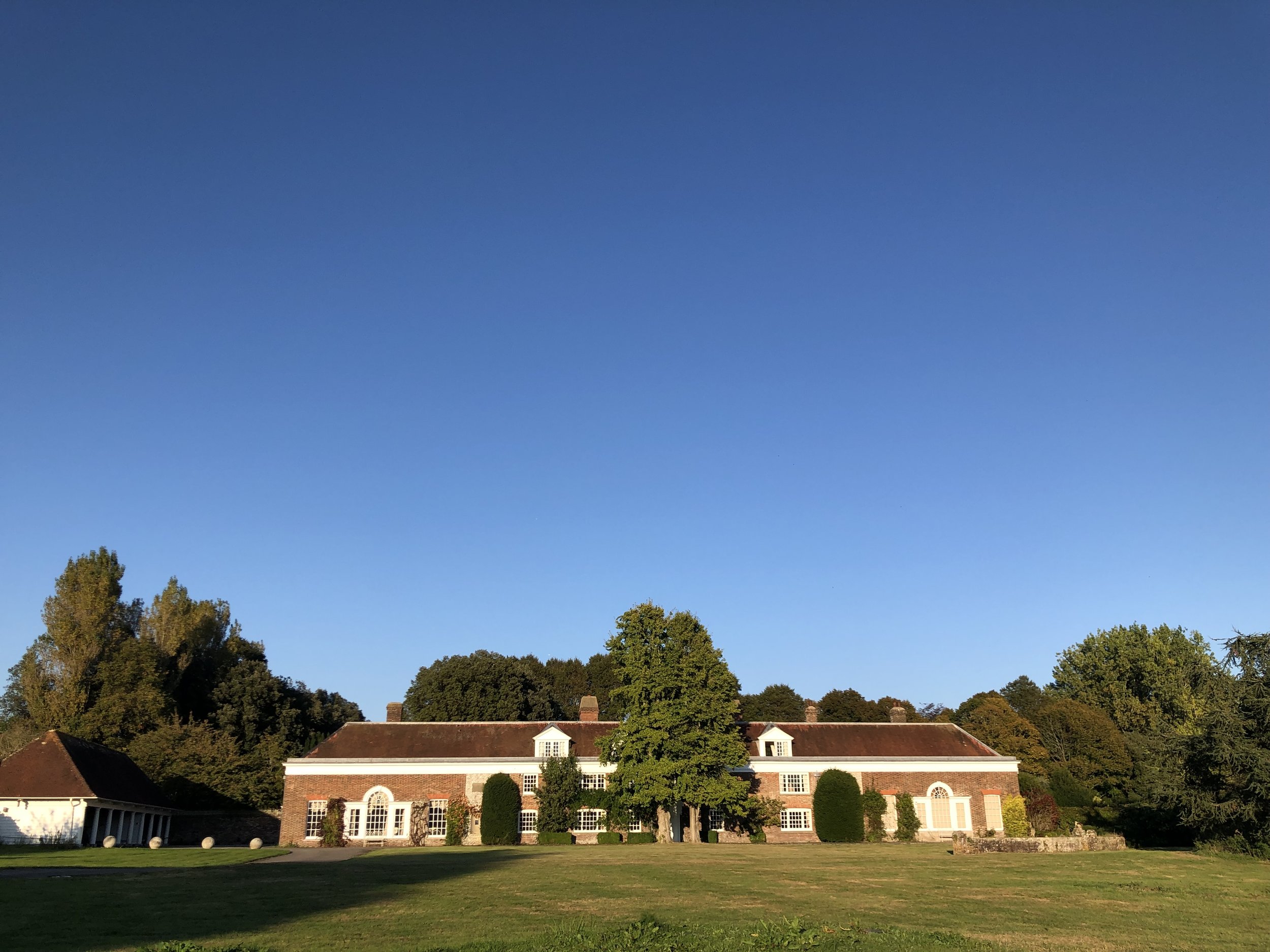History of the Garden
The walled garden dates from John Heaton’s time at Bedfords, J.P. Neale in 1819 described Bedfords as having a 'well-stocked garden with green houses, hot houses and a pinery of considerable extent'. It is thought that the kitchen garden was built some time after 1771.There are no plans showing the walled garden in Heaton’s time,but the Bedfords Estate is marked on two plans of Essex both dating from about 1777.
John Heaton lived at Bedfords until he died in 1818. His grandson Charles Heaton Ellis succeeded him; records show that by 1846 the manor had grown to 537 acres.
Ellis let the estate to a succession of tenants until 1854, when he sold it to James W. Hawkesley. In turn, Hawkesley sold Bedfords to Charles Barber, who sold to Henry R. Stone, whose widow then sold the estate to Romford Urban District Council.
The garden is located on a south facing slope. It had long been recognised that a slope in a kitchen garden exposed the crops to more sun, and a gradient also aids drainage and gives a choice of growing conditions suitable for a wide variety of fruit, wall fruit and crops.
The range of environments include the coolest, richest soil at the lowest part of the garden, suitable for growing moisture loving plants such as cabbages and late peas.
At the top of the garden, there is the sunniest, south-facing wall for growing warm-loving plants like peaches. Research in the 19th century showed that the amount of heat reflected from a south-facing wall showed it to equal the temperature of a garden in the south of France.
The garden appears to have been positioned according to the best practice of the day for gardens in the warmer south of England. The garden is not aligned on a dead north-south east-west axis orientation, but is rotated slightly to the east of south, so that the warmest walls receive the maximum amount of afternoon sun.
As was usual in gardens of this time, heated glasshouses were arranged along the south side of north wall, where they would receive maximum sun for producing grapes, exotics and forcing early beans and strawberries.
The earliest detailed plan of the walled garden dates from the Victorian period from 1871.
Kitchen gardens of the mid 18th century retained the tradition of division into quarters, and in gardens of all dates the main walks would never be disturbed. This arrangement is still in evidence on the plan of 1871 - it indicates two quarters available for growing crops. The third quarter is divided into two - on one half there is an enclosure containing a group of glasshouses, with fruit trees on the other half. The fourth quarter seems to be planted as an orchard.
The Garden used to serve as a kitchen garden for the mansion house that was located in the park, where the visitor centre is now.
Day to day management of the garden is carried out by Havering Council, with assistance from a dedicated team of volunteers. Produce from the garden is sold in the garden shop with all profits being reinvested into the site. Produce that is not sold is donated to Saint Francis Hospice in Havering-Atte-Bower.
Some produce is entered into local horticultural competitions. In 2018, volunteers grew a 621lb mammoth pumpkin which dwarfed others in the competition. In 2019, more awards were won including the Aileen winners cup for best cut flower display and a silver National Dahlia Society medal.

